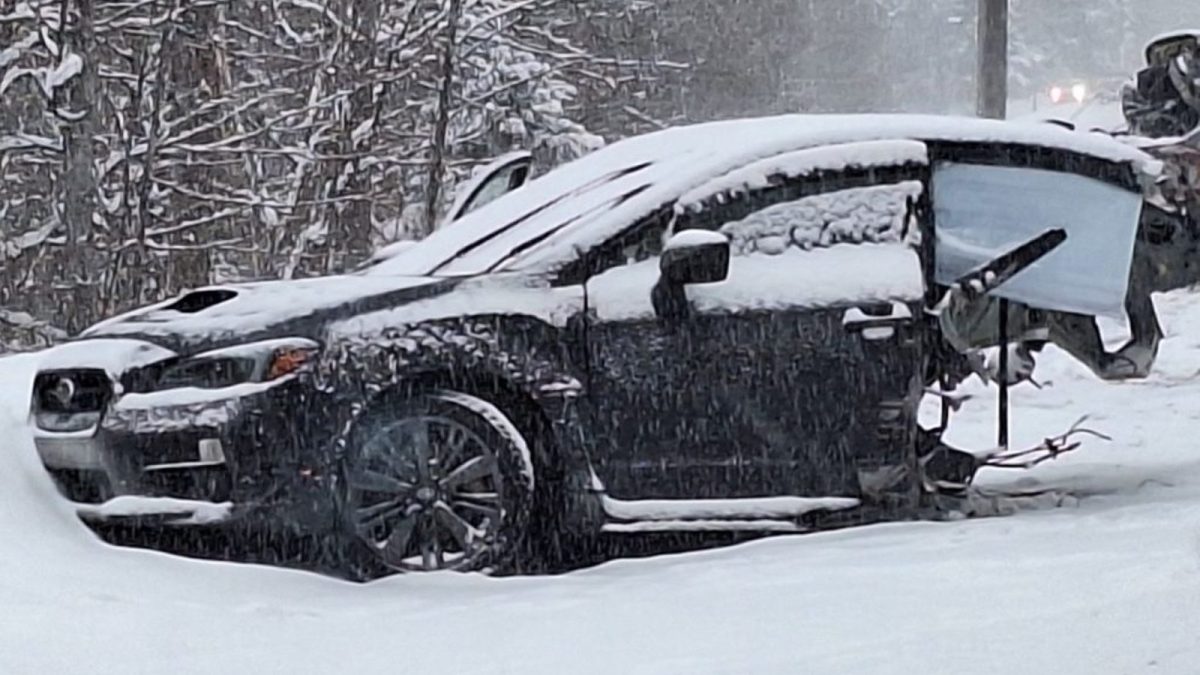And while the Subaru WRX is renowned for its all-wheel drive (AWD) capabilities, a recent crash has highlighted the limitations of AWD on snowy roads.
On a snowy day in a mountainous region, a Subaru WRX driver lost control of their vehicle and crashed into a snowbank. This incident has reignited the ongoing debate about the effectiveness of AWD in snowy conditions.
The Subaru WRX is equipped with a sophisticated AWD system that is designed to provide better traction and stability on slippery surfaces. Many drivers choose the WRX specifically for its AWD capabilities, believing that it will keep them safer in challenging weather conditions.
However, the recent crash has called into question the effectiveness of AWD on snowy roads. While AWD does provide improved traction compared to front-wheel drive or rear-wheel drive vehicles, it is not a foolproof solution for driving in snow and ice.
One of the limitations of AWD is that it does not improve braking performance on icy roads. AWD can help a vehicle accelerate and maintain traction, but it does not necessarily help the vehicle stop more quickly. This means that even with AWD, a driver can still lose control when trying to stop on snowy or icy roads.
Another limitation of AWD is that it does not prevent hydroplaning on slushy or wet roads. AWD may help a vehicle navigate through snow, but it does not provide any advantage when driving through standing water or slush. This means that AWD is not a comprehensive solution for all types of winter weather.
Furthermore, AWD can sometimes give drivers a false sense of security. Some drivers may become overconfident in their vehicle’s AWD capabilities and drive more aggressively in snowy conditions, thinking that AWD makes them invincible. This can lead to reckless driving behavior and an increased risk of accidents.
It is important for drivers to understand the limitations of AWD and to adjust their driving habits accordingly. AWD is a valuable feature that can improve traction in certain conditions, but it is not a substitute for safe and cautious driving.
In addition to the limitations of AWD, it is also important for drivers to make sure that their vehicles are properly equipped for winter driving. This includes having appropriate tires, maintaining proper tire pressure, and ensuring that the vehicle’s braking system is in good working order.
Ultimately, the recent crash involving a Subaru WRX serves as a reminder that AWD is not a panacea for driving in snowy conditions. While AWD can provide some benefits, it is not a guarantee of safety on snowy roads. Drivers must remain vigilant and adjust their driving behavior to account for the challenges of winter weather.
In conclusion, while the Subaru WRX and other AWD vehicles may provide improved traction and stability on snowy roads, they are not immune to the limitations of AWD. Drivers must be aware of these limitations and adjust their driving habits accordingly to ensure safe and responsible winter driving.
